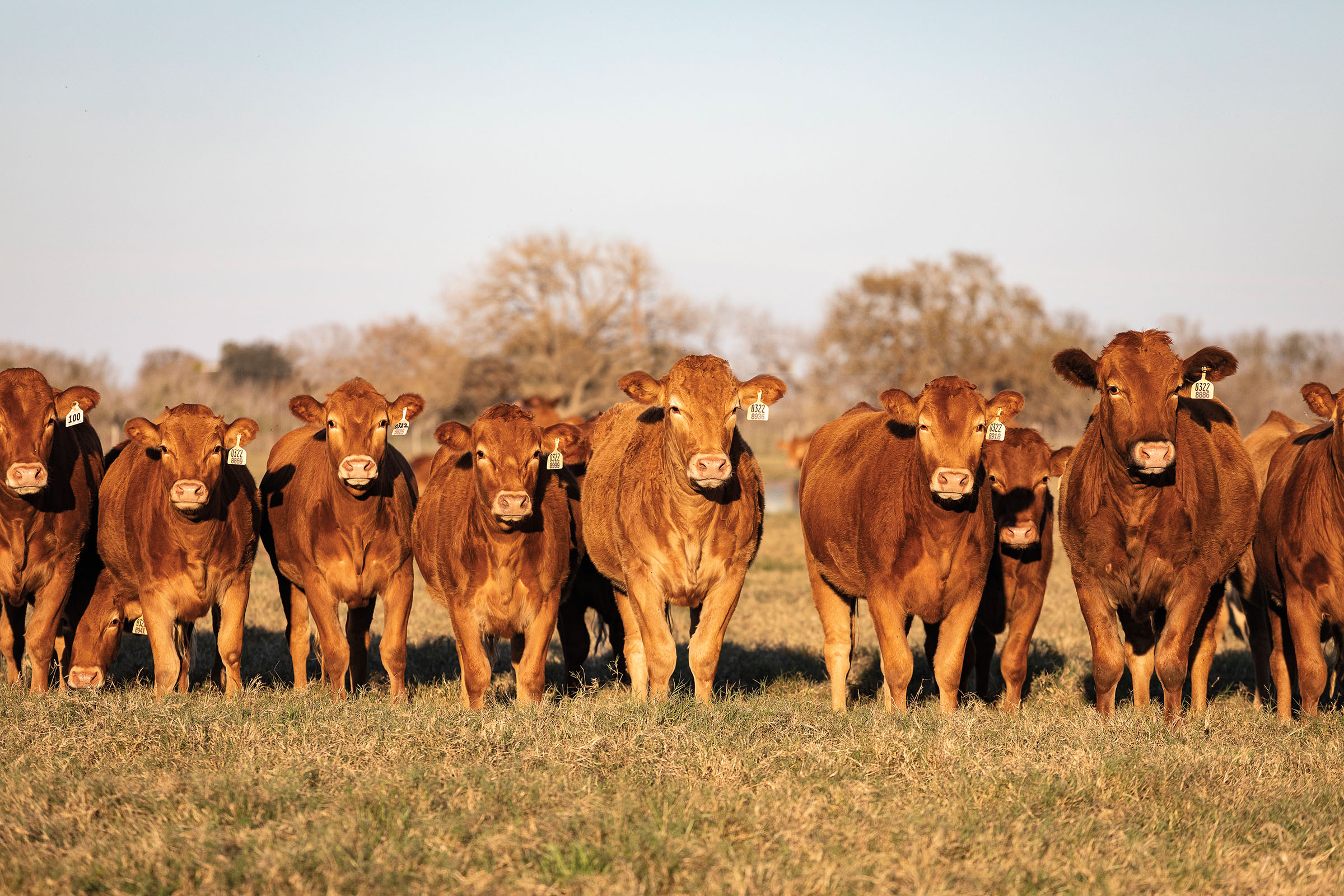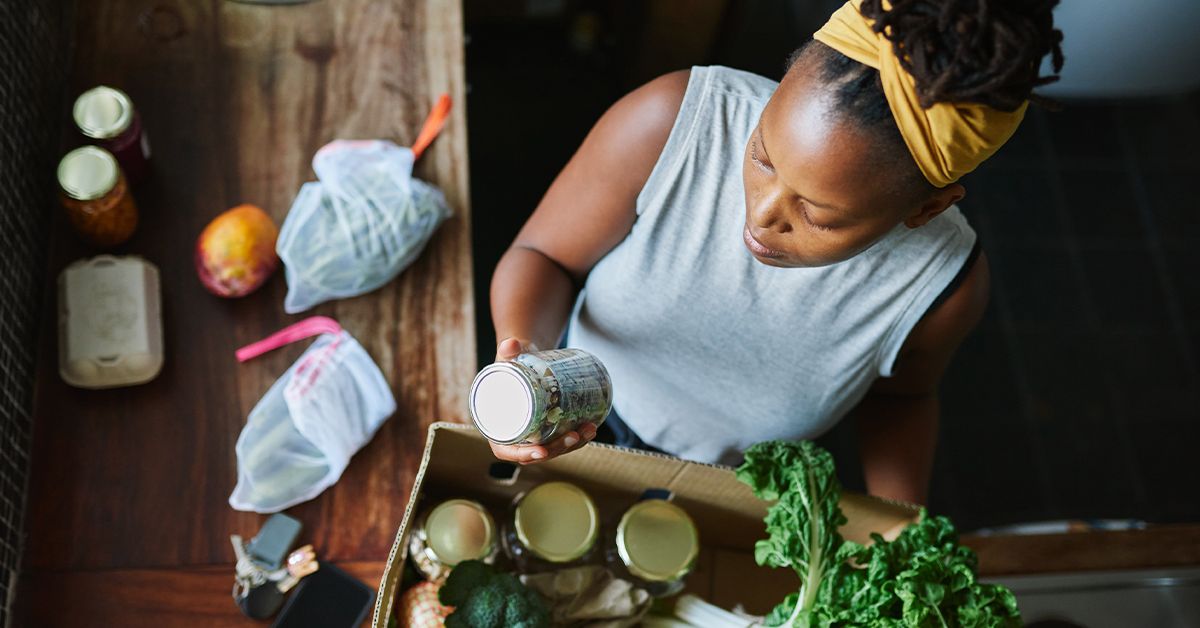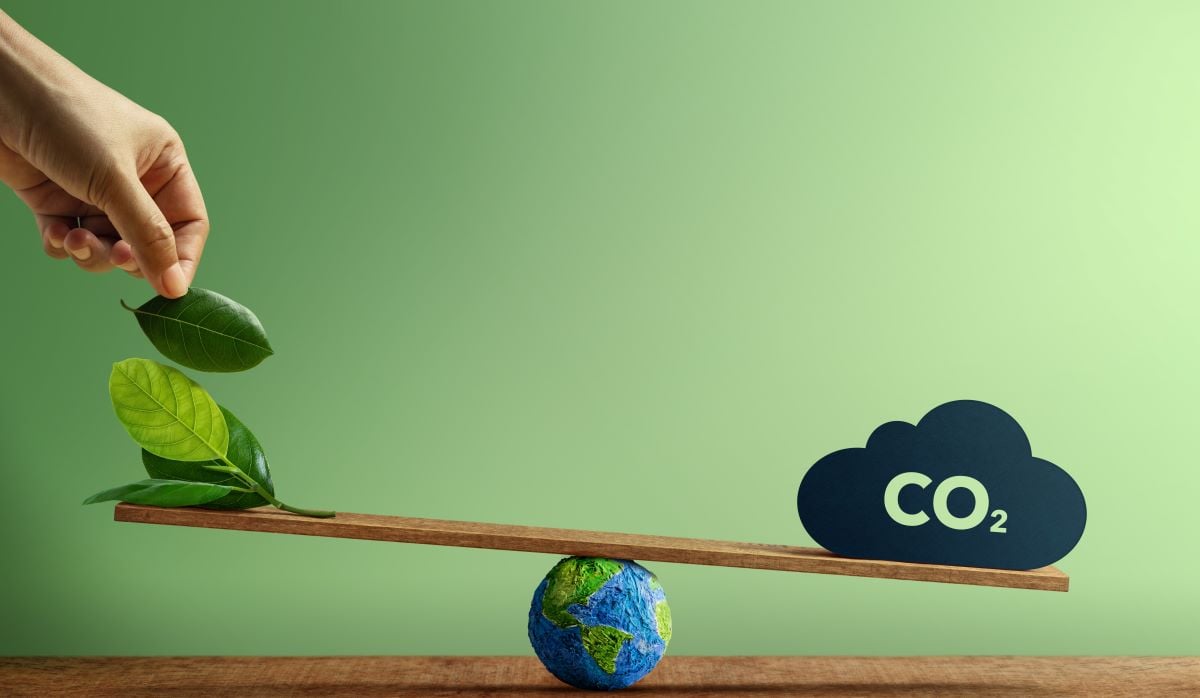What if the food you ate could help fight climate change? Sounds futuristic, right? But carbon-neutral foods are making it a reality.
Lately, you might have noticed brands throwing around the term “carbon-neutral” like it’s the latest must-have feature on the menu. But what does that actually mean? Is it another trendy label like “organic” or “sustainable,” or is there something more to it? And more importantly—how does it affect you?
Let’s break it down: Carbon neutrality means balancing the amount of carbon dioxide (CO₂) emitted with an equivalent amount removed from the atmosphere. Carbon (the main villain in climate change) is released into the air when we grow, process, and transport food. From farms to factories to your fork—every step of the food supply chain leaves a carbon footprint. But what if we could cancel out that impact? That’s where carbon-neutral foods come in.
Unlike recycling, which focuses on reusing materials, carbon neutrality is about preventing emissions from happening in the first place. Companies achieve this by using eco-friendly farming methods, sustainable packaging, and clean energy sources. Some even invest in reforestation projects (aka planting trees to absorb CO₂) or support carbon capture technologies to offset their impact. The movement started gaining traction around the late 2010s when climate awareness skyrocketed, and now? It’s becoming a major food revolution!
Carbon Footprint 101: How Your Food Choices Affect the Planet
Every time we eat, we’re making a choice—not just about flavor and nutrition, but about our carbon footprint. Food production contributes to greenhouse gas emissions, which drive climate change. But how much impact does your diet really have? Let’s break it down.

Meat vs. Plant-Based Diets: The Carbon Showdown
Animal-based foods tend to have a higher carbon footprint because of:
✅ Land Use – Raising livestock requires vast amounts of land, often leading to deforestation.
✅ Methane Emissions – Cows and sheep produce methane, a greenhouse gas 25x more potent than CO₂.
According to Our World Data, let’s compare the emissions from different food types per kilogram produced:
|
Food Type |
Carbon Footprint (per kg of food) |
|
Beef (beef herd) |
99 kg CO₂ |
|
Cheese |
24 kg CO₂ |
|
Poultry Meat |
9.9 kg CO₂ |
|
Rice |
4.5 kg CO₂ |
|
Tofu |
3.2 kg CO₂ |
|
Nuts |
0.4 kg CO₂ |
Now, imagine this: if a person replaces one beef-based meal per week with a plant-based alternative, they could save the equivalent of driving 500 miles in a car over a year.
Cutting down on meat is one step, but true sustainability requires action beyond individual choices. How are companies stepping up to make the entire food system more carbon-neutral?
Why Carbon-Neutral Foods Matter

Carbon-neutral foods are produced in a way that balances carbon emissions, ensuring that the entire process—from farming and production to transportation and packaging—doesn’t contribute to climate change. But how does this affect the food itself, and why should it matter to you?
✓ More Stable Food Supply – Climate change disrupts agriculture by causing droughts, floods, and unpredictable weather patterns, which can negatively impact crop yields and food production. By adopting carbon-neutral practices, such as reducing industrial byproducts and enhancing carbon sequestration, we can mitigate these climate impacts, leading to more stable and reliable food production.
✓ Better-Tasting, Higher-Quality Ingredients – Carbon-neutral food production often involves sustainable practices like carbon farming, which enhances soil fertility and biodiversity. Healthier soils can lead to more robust crops with improved flavor and nutritional profiles, resulting in better-tasting and higher-quality ingredients.
✓ Less Waste, More Responsible Disposal – Carbon-neutral packaging is designed to be biodegradable, compostable, or fully recyclable. This reduces landfill waste and minimizes pollution, ensuring packaging doesn’t contribute to long-term environmental damage.
✓ Reduced Carbon Footprint in Every Bite – The global food system contributes significantly to harmful gases accounting for over one-quarter of the total emissions. By choosing carbon-neutral foods, consumers can help reduce the carbon footprint associated with food production, processing, and transportation, thereby contributing to climate change mitigation efforts.
Can We, As Consumers, Make an Impact?

Absolutely! While big brands play a role in reducing emissions, our daily choices matter, too. Here’s how you can start eating in a more carbon-conscious way:
1. Buy Local, Eat Seasonal
Food that travels thousands of miles before reaching your plate = higher emissions. Choosing locally grown, in-season produce means fewer transportation emissions and fresher, tastier food!
2. Reduce Food Waste
According to the World Wildlife Fund (WWF), approximately one-third of all food produced globally is wasted, contributing significantly to carbon output.
You can help mitigate this issue by:
✅ Store food properly – Keep veggies crisp in the fridge and freeze leftovers.
✅ Get creative with scraps – Use broccoli stems in stir-fries or turn veggie peels into crispy snacks.
✅ Regrow & Compost – Green onions, lettuce, and herbs can regrow in water.
✅ Repurpose for Breakfast – In many Asian countries, leftovers are staples! Leftover rice can be stir-fried for a quick meal.
✅ Label & Track – Avoid food waste by adding a date on your leftovers' lid. A simple reminder helps you use them before they spoil.
3. Try Plant-Based Swaps
No, you don’t have to go full vegan—but even one plant-based meal per week can significantly lower your carbon footprint. Going plant-based once a week, as encouraged by Earth Day initiatives, can have a huge impact. Skipping meat and cheese for just one day a week with your family is like taking your car off the road for five weeks.
Over a year, this equates to the same emissions reduction as driving 348 fewer miles.
Simple swaps like lentil tacos instead of beef, oat milk instead of dairy, or a delicious green smoothie instead of a processed snack can make a big difference.
4. Support Ethical Farming
Sustainable agriculture means no overfarming, fewer pesticides, and better soil health. This benefits not just the planet but also the farmers who grow our food.
Future Salad: The World’s First Carbon-Neutral Salad

At Future Salad, we believe in more than just healthy eating; we’re on a mission to help people detox naturally while taking care of the planet. Our salads are crafted with the purest, 12 natural ingredients—free from harsh chemicals, artificial additives, and anything that doesn’t belong in your body. But we don’t stop at nutrition; we’re committed to sustainability, making Future Salad the world’s first carbon-neutral salad. By minimizing our environmental footprint and offering an eco-conscious choice, we’re not just nourishing individuals—we’re contributing to a greener, healthier world for everyone. ♻️
✨ Eco-Friendly Production – Each pack of Future Salad Detox Drink Mix actively reduces 22 grams of CO₂ emissions through a global tree-planting initiative certified by VERRA’s Verified Carbon Standard. By minimizing storage space, transportation needs, and electricity use for preservation, we're lowering our carbon footprint compared to traditional salads.
✨ Plant-Based & All-Natural – Made with 12 natural ingredients, Future Salad Detox Drink Mix is free from artificial additives. Packed with 33 essential vitamins and minerals, it delivers effortless nutrition while preserving food safety through advanced Krystallos Sublimation Drying Technology—ensuring maximum nutrient retention without refrigeration.
✨ Effortless Nutrition With Less Impact On Emissions – Future Salad Detox Drink Mix offers the goodness of five bowls of salad in a light, refreshing drink. Packed with essential greens, it provides a convenient way to enjoy nutrient-rich ingredients without spoilage or waste—no extra dressings or unnecessary additives needed.
✨ Zero-Waste & Sustainable Packaging – Sustainability goes beyond the ingredients. At Future Salad, we've minimized plastic usage and designed our packaging to reduce environmental impact—ensuring you get superior quality without unnecessary waste.
✨ Certified & Verified – Backed by international audit organizations like SGS – a global certification body ensuring quality, safety, and sustainability through strict testing. Future Salad Detox Drink Mix is the real deal when it comes to sustainability, transparency, and eco-conscious nutrition.
Carbon-neutral foods are no longer a futuristic fantasy—they’re happening right now. Whether you’re an environmental enthusiast, a health-conscious eater, or just someone who loves staying ahead of the latest food trends, this movement is one to watch.
So, the next time you take a bite, sip, or crunch, ask yourself—is your food working for the planet, or against it? The choice is yours.
Fun Challenge! Reduce Your Carbon Footprint Today! 🌍✨
Small actions add up! Challenge yourself to make eco-friendly choices throughout the day and reduce your carbon footprint with these simple steps:
🚶 Choose Active Transport – Instead of taking the elevator, try the stairs. If possible, walk or bike to your destination instead of driving.
🥦 Opt for Low-Impact Meal – Choose a plant-based meal rich in vegetables, legumes and choose tofu in exchange for meat
♻️ Minimize Waste – Bring a reusable bag, bottle, and utensils to cut down on single-use plastics.
🔥 Be Energy Smart – Reduce electricity use by unplugging devices when not in use or cooking with energy-efficient appliances.
🥗 Enjoy Future Salad as a Refreshing, Eco-Friendly Drink – A convenient way to get the nutrients of five bowls of salad while reducing food waste.
Try these for a day and see how small changes can make a big impact! Share your experience and inspire others to do the same. 🌱✨










